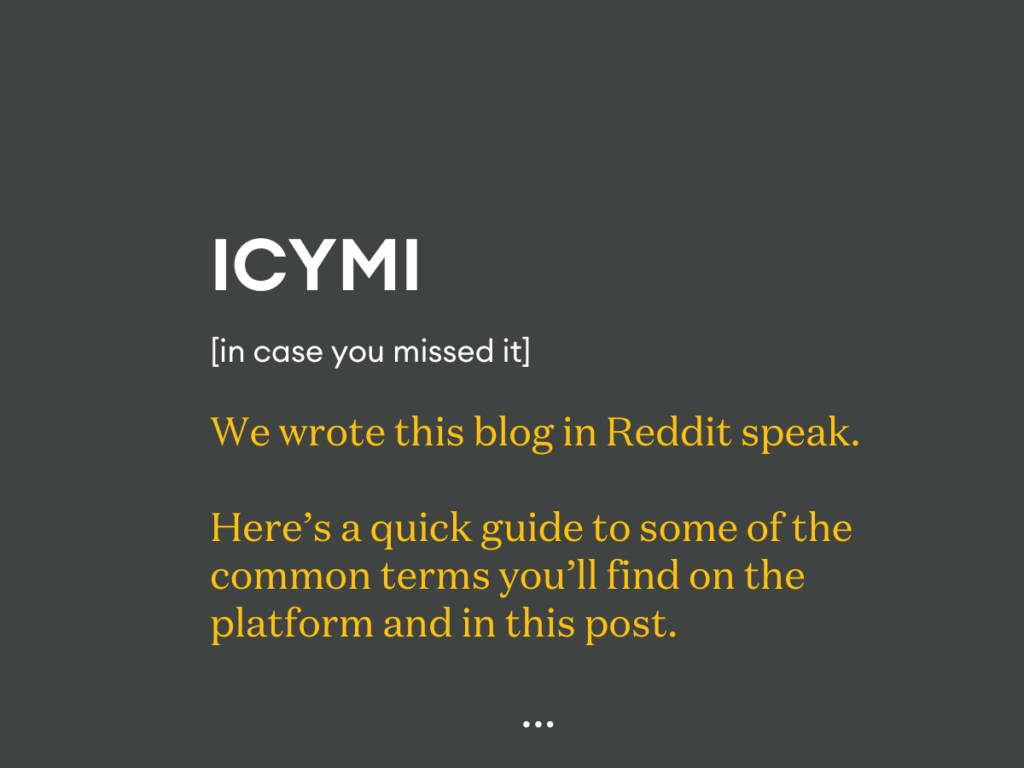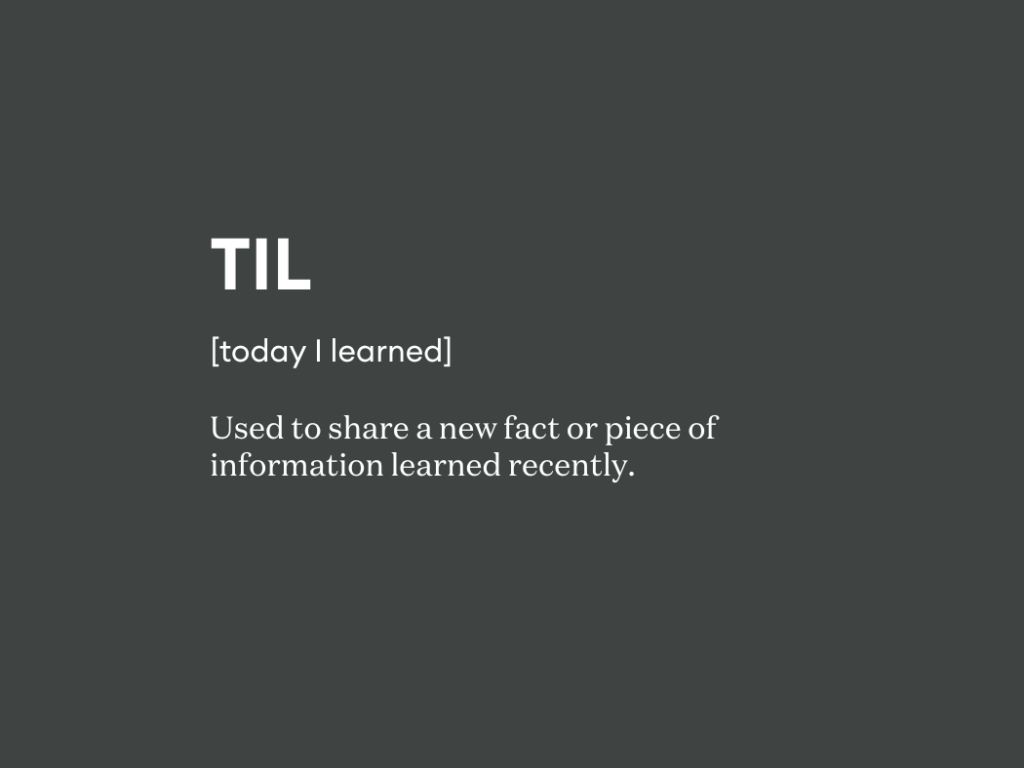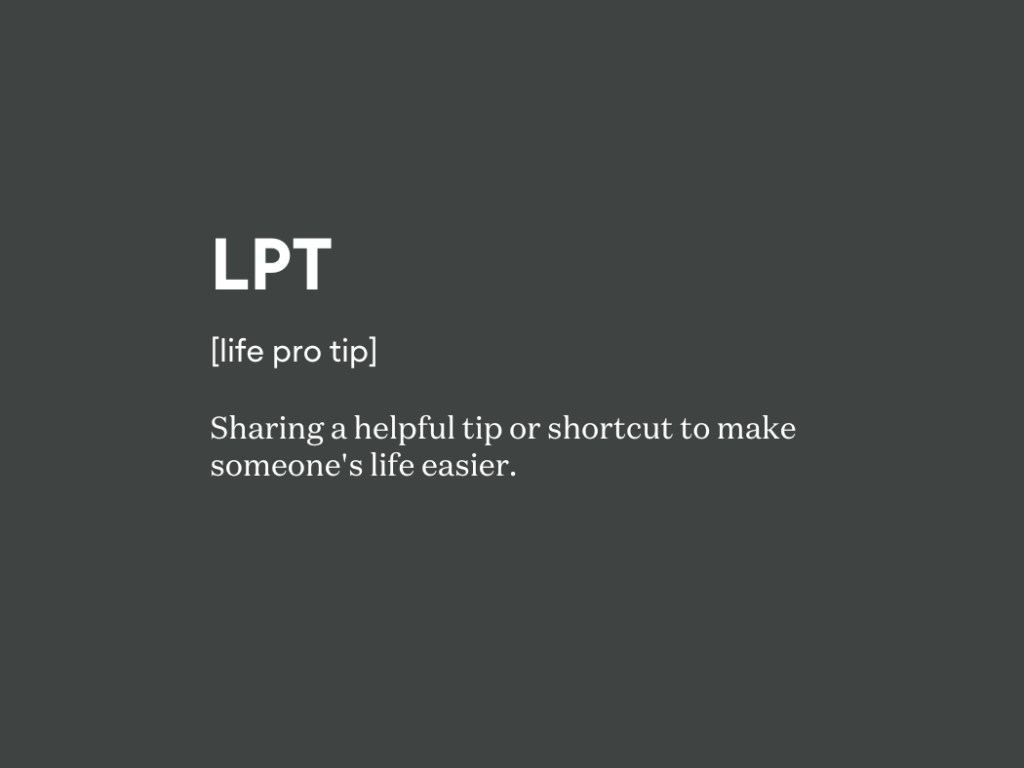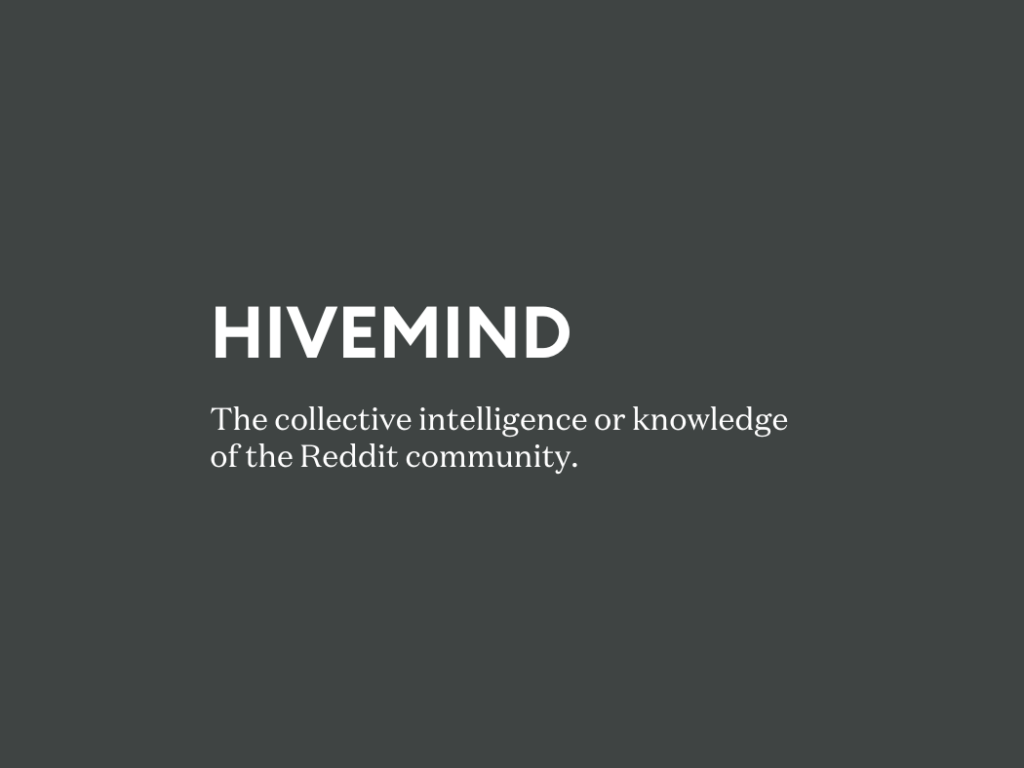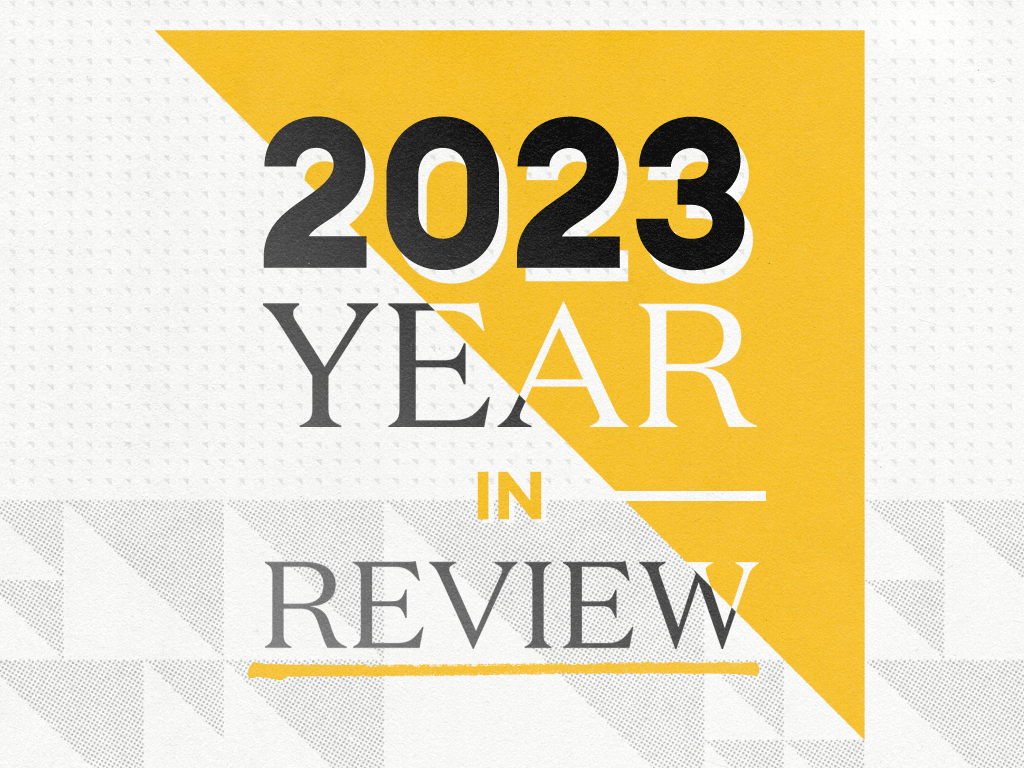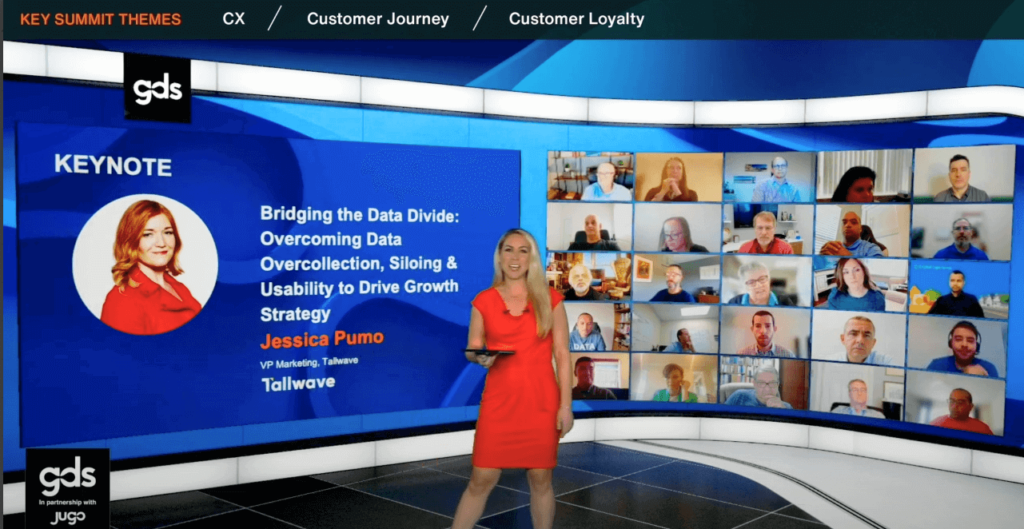From understanding customer preferences to optimizing operations, data-driven decision-making has become the cornerstone of organizational success. However, the true value of data lies not just in its collection, but in the ability for individuals across the organization to access, successfully interpret, and effectively communicate its insights. This is where data literacy comes into play. It’s an essential competency that every member of an organization needs to create a data-driven culture.
Foundations of a data-literate culture
The current pace of business waits for no one, and decisions need to be made swiftly and with confidence. Data literacy positions businesses to harness the power of data to gain valuable insights into market trends, customer behavior, and operational efficiencies and leverage those insights to make data-informed decisions. Whether it’s identifying new opportunities for growth or mitigating risks, data literacy provides a solid foundation upon which businesses can thrive.
But data literacy isn’t just the responsibility of data scientists and analysts. Achieving a truly data-driven culture requires every member of an organization—from the C-suite to frontline employees—to be equipped with the ability to access critical data and the skills to read, interpret, understand, and communicate insights effectively. Without this data literacy skills up and down their ranks, businesses risk making decisions based on intuition rather than evidence, leading to missed opportunities and costly mistakes.
At its simplest, achieving a data-driven culture boils down to three core building blocks: broad access to high-quality data; the ability to not only read, but to effectively interpret and understand the data to glean actionable insights; and the ability to successfully communicate data-driven insights and recommendations through data storytelling.
Building block #1: Broad access to high-quality data
When it comes to data-driven strategies, the quality of the output depends on the quality of the input. So data quality management is critical for ensuring that business decisions are fueled by high-quality data. Data quality is a function of collecting the right kind of data and applying good data hygiene practices to the data collected to preserve data integrity. With eight out of every ten business leaders surveyed by Braze in 2023 admitting to collecting more data than they can realistically use, most organizations have plenty of the wrong kind of data. And a lack of data standardization across departments and data sources, sound data validation and verification processes, and data cleansing and enrichment can lead to inconsistencies, holes, and an overall lack of confidence in data quality.
But quality aside, just getting access to the data needed to drive strategies and measure impact is a challenge for many organizations. With digital ecosystems that consist of a wide range of platforms that hold bits and pieces of data in isolated pockets, data fracturing and siloing prevents the kind of democratized data access that underpins a data-literate culture.
Building block #2: Data interpretation
The power in having access to the right kind of data lies in what you do with it. And making data actionable requires interpretation. Effective data interpretation is critical for understanding the current state of affairs, identifying opportunities for improvement, and driving strategic decision making within organizations. Without proper data interpretation, organizations run the risk of making decisions based on incomplete or misleading information, leading to misguided strategies and missed opportunities. Survivorship bias is a classic example of the dangers of data misinterpretation.
During World War II, military analysts faced the challenge of how to better protect aircraft from enemy fire. Initially, the method involved examining returning planes for bullet holes, leading to the straightforward strategy of reinforcing these frequently damaged areas. The prevailing assumption was that the most bullet holes indicated the most hit sections of the aircraft. See image below:

However, Abraham Wald, a skilled statistician, was tasked with reevaluating this data.
Rather than simply adding armor where damage was evident, Wald took a deeper dive into the data’s significance. He questioned the conventional wisdom of considering only the damage that was visible on returning planes and stressed the importance of considering what was absent in the data. Wald recognized a fundamental flaw in the existing approach—survivorship bias. This bias had skewed the analysis, focusing only on aircraft that had returned from missions and ignoring those that had not, which might have suffered hits in different areas. This reflection on the broader implications of the data led to a critical shift in perspective.
Wald’s interpretation proposed that the undamaged areas on returning planes were, in fact, the most vulnerable. His counterintuitive insight suggested that these sections did not show damage because aircraft hit in these parts likely did not survive to return for evaluation. By shifting the focus to reinforcing these critical yet previously overlooked areas, Wald revolutionized the military’s strategy for aircraft armor, enhancing the survival rates of future missions.
This example highlights the profound impact of effective data interpretation and the importance of considering all aspects of data to avoid misleading conclusions in strategic decision making processes. Data interpretation is not just about crunching numbers; it’s about turning raw data into actionable insights. This requires the ability to identify patterns and distill complex findings into an informed plan of action.
Building block #3: Data storytelling
For data-literate organizations, putting data to use to drive business performance and growth is a collaborative effort enabled by the ability to bring the entire organization along in understanding what the data is saying, what needs to be done about it, and the expected result of that action. Data storytelling is the art of weaving a narrative around data to communicate insights in a compelling and engaging manner. It goes beyond mere analysis by transforming raw data into a cohesive story that resonates with the audiences to drive shared understanding and strategic alignment. This may include using visualizations, anecdotes, and real-world examples to illustrate key points and highlight trends and make abstract numbers and statistics more relatable and easier to comprehend.
The power of data storytelling lies in its ability to inspire action and drive change within organizations. By connecting data-driven insights with real-world implications, storytellers can motivate stakeholders to make informed decisions and drive strategic initiatives forward. Whether it’s convincing executives to invest in new technologies or persuading frontline employees to adopt new processes, effective data storytelling can be a catalyst for organizational transformation.
How do you foster data literacy?
So, how can businesses foster data literacy across their organizations? Here are a few key steps:
- Break down data silos: Organizations increasingly possess the data needed to achieve a 360-degree view of their customers and by breaking down silos that separate data based on the source, organizations can achieve the “single source of truth” needed to unlock the holistic, actionable view of customer data required to drive business strategy.
- Invest in training: Provide comprehensive training programs that equip employees across the organization with the necessary data interpretation and storytelling skills. This could include workshops, online courses, and certification programs tailored to different job roles and skill levels.
- Promote a data-driven culture: Encourage a culture of curiosity and experimentation, where data is valued as a strategic asset. Recognize and reward employees who demonstrate proficiency in data analysis and decision-making.
- Provide access to tools and resources: Ensure that employees have access to the right tools and resources needed to work with data effectively. This could include data visualization software, analytics platforms, and data libraries.
- Lead by example: Senior leaders play a critical role in setting the tone for data literacy within an organization. By championing data-driven decision making and actively participating in data-centric initiatives and data storytelling, leaders can inspire others to follow suit.
- Encourage collaboration: Foster cross-functional collaboration and knowledge sharing to break down silos and promote a holistic understanding of data across the organization. Encourage teams to work together on data projects and share best practices.
Unlocking the power of data through data literacy
In today’s data-driven world, organizations that prioritize data literacy will have a competitive edge. By empowering employees at all levels with the skills and knowledge to harness the power of data, businesses can drive innovation, make informed decisions, and ultimately, achieve their strategic objectives. Remember, data is not just about numbers; it’s about unlocking insights that drive meaningful action and create value for both customers and stakeholders alike. If you’re ready to unlock the power of your data by building a culture of data literacy, we’re here to help.







